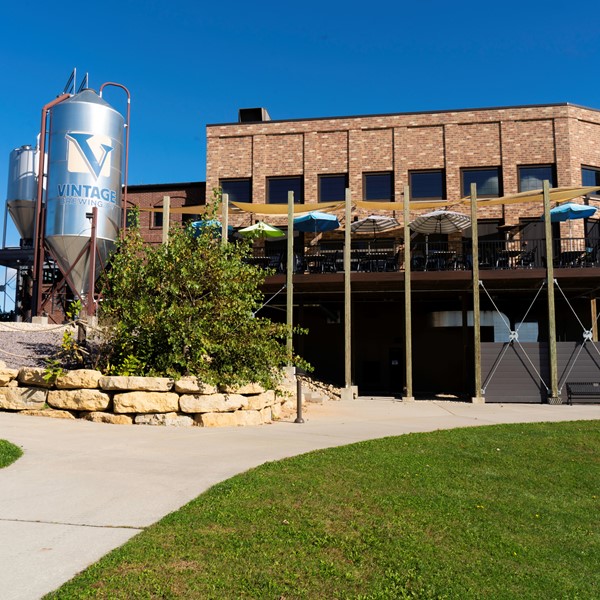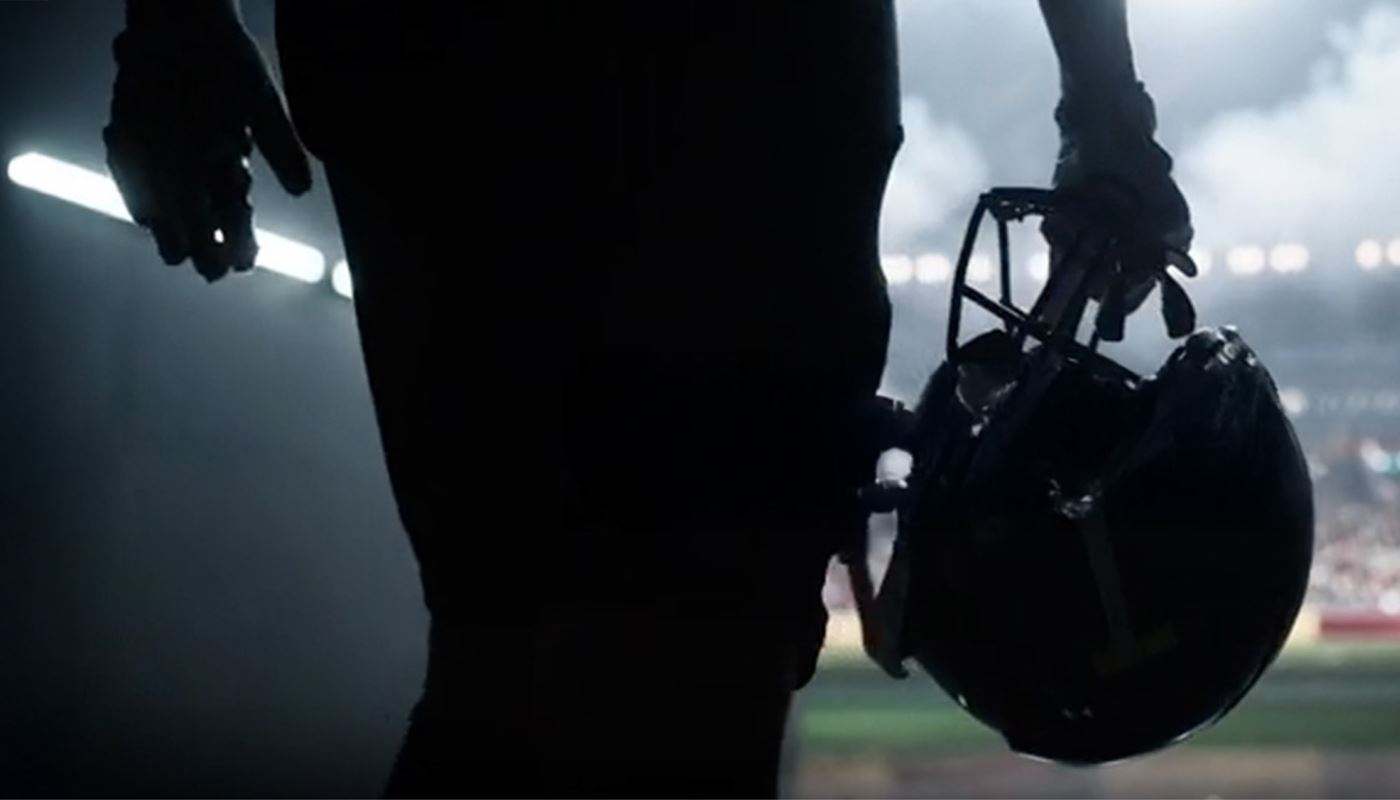
Best Places to Fish in Wisconsin: Lake Wissota
Nestled in the northwestern portion of Wisconsin, Lake Wissota is located just east of Chippewa Falls, WI, and north of Highway 29. The reservoir was created in 1915 to provide flood control and a source of hydroelectric power along the Chippewa River. The lake offers a number of shore fishing sites along Highway X and provides anglers many opportunities throughout the year.
Lake Wissota State Park on the northeast end of the lake provides great camping facilities along with day-use areas. Boaters unfamiliar with the Chippewa River between Lake Wissota and Jim Falls Dam should exercise caution when navigating this area. Stumps, flooded timber and shallow rock bars pose serious navigational hazards.
Starting in late fall, walleye move up the Chippewa River and congregate below the Jim Falls Dam. Yellow River, Paint Creek and Stillson Creek experience a similar migration. During early spring, muskie and northern pike move into the major tributaries to spawn. A smaller, less-noted migration of walleye and muskies occurs in spring when muskie and walleye move downstream into the Chippewa Falls Flowage.
Interactive Lake Map
For a more detailed lake map and up to the minute fishing reports follow the Lake Wissota waterway page on Fishidy.
Here are some tips for locating and catching walleye in Lake Wissota:
● During spring, walleye anglers focus on shallow rock and gravel bars adjacent to river channels. The best catches come from 2 to 6 feet of water as result of the dark brown water color. Jig/minnow combos and slip sinker rigs are especially productive.
● Following the spawn, walleye move deeper and begin a slow migration downstream into the main lake basin. Weedbeds, fish cribs and steep breaks attract walleye in summer. Larger fish often enter the shallows during low-light periods and after dark.
● In the heat of summer, weed edges produce the most action. Beds adjacent to deep water are especially productive. Trolling crankbaits is popular with many summer walleye anglers.
● Depths of 15 to 20 feet hold good numbers of fish. Look for areas with steep breaks or weedline edges. Anglers should work the baits parallel to these structures. Shadlings, Rapalas and Bomber crankbaits, especially in perch or fluorescent colors, should be worked within a foot of the bottom. When working shallower water, planer boards can increase success.
● Yellow River and Little Lake Wissota are popular with winter walleye anglers. Tip-ups rigged with golden shiners should be set over fish cribs or along steep drop-offs.
 Fishidy is the premier map-based, social network for anglers. The online community gives anglers the ability to record and track their on- water experiences and view detailed fishing maps on over 17,000 bodies of water, including some of the most popular in Wisconsin.
Fishidy is the premier map-based, social network for anglers. The online community gives anglers the ability to record and track their on- water experiences and view detailed fishing maps on over 17,000 bodies of water, including some of the most popular in Wisconsin.










